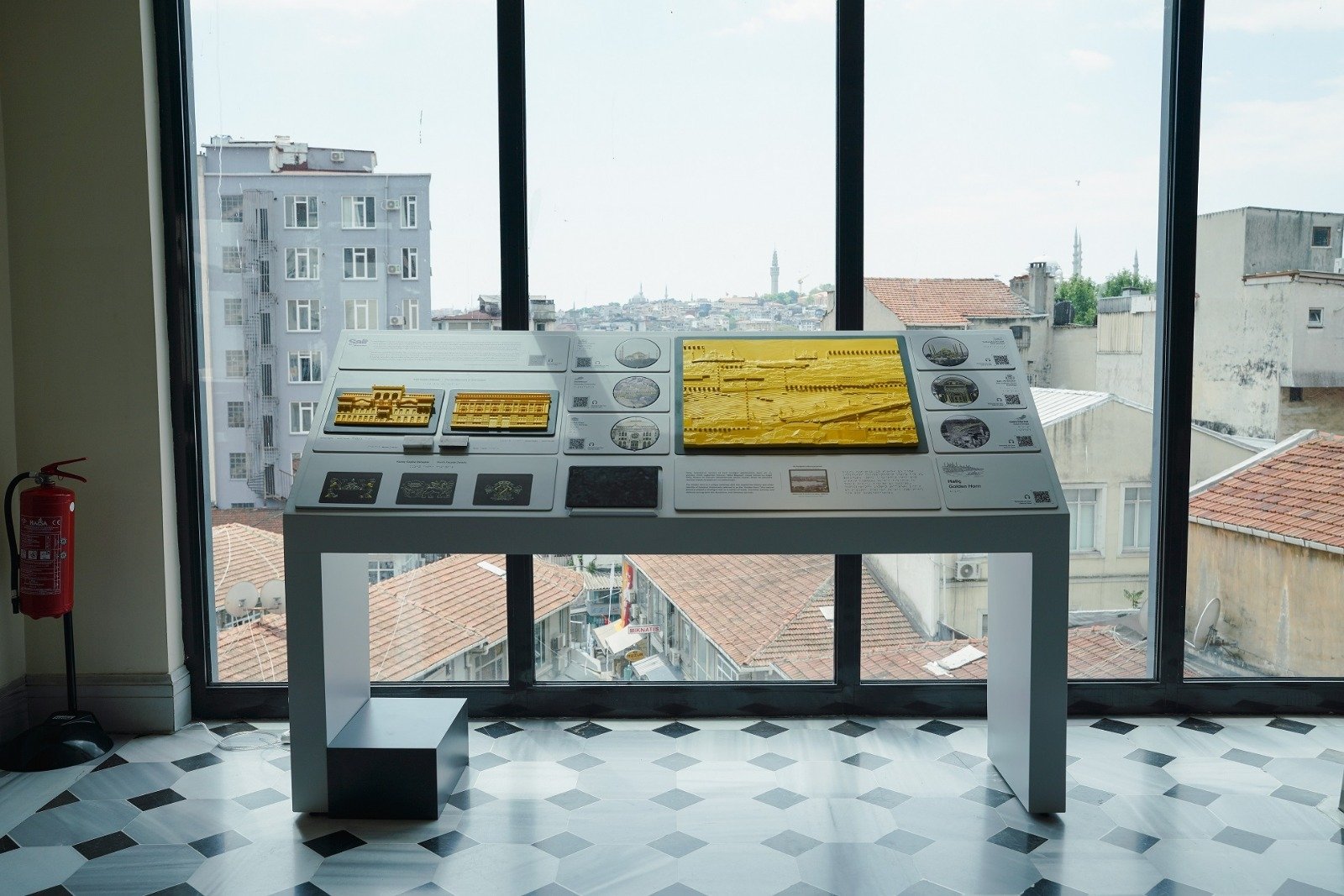© Turkuvaz Haberleşme ve Yayıncılık 2025
Is art truly for everyone? Salt and Garanti BBVA are offering a bold answer to this question.
Salt Galata, a landmark in Istanbul’s architectural memory, is now amplifying its voice to reach a wider audience. With the support of Garanti BBVA, the newly launched “Inclusive Experience” station not only offers an accessible art experience but also treats accessibility itself as an aesthetic concern. This multilayered, multisensory proposal shows that art can belong not only to those who see or hear, but also to those who touch, feel and experience through different senses.
Considering that many institutions’ inclusivity efforts remain limited to wheelchair ramps, Salt’s initiative presents a true vision. It is not merely a physical access project, but also one that encompasses cultural, cognitive and emotional accessibility. The connection formed with art now gains experiential integrity, not just visual engagement.
To see this special space at the entrance of Salt Galata merely as a “stand” would be reductive. On the contrary, this small area serves as a manifesto: for the first time, the statement “art is for everyone” is materialized so concretely.
2.5D reliefs, architectural 3D models, braille texts, Turkish Sign Language interpretations and simplified, story-based content designed for individuals with autism ... Every component reawakens the potential of art beyond the senses.
This setup represents not just physical access but a sensory reconfiguration. The relief surfaces that introduce the Golden Horn through six architectural structures invite visitors to look and “see” with their fingertips. The touchable samples of building materials activate memory in a tactile and visual way. This is a powerful reminder of an often-overlooked dimension of modern museology: the senses.

The "Inclusive Experience" is not merely about accessibility; it is a cognitive exercise that redefines how art is experienced. Sign language narrations, braille documentation, and autism-friendly content promote social equity and encourage sighted and hearing individuals to develop a new awareness.
Salt’s aim isn’t simply to “show” those who cannot see, it is also to transform how the sighted perceive. In this way, the project goes beyond assistance to create a pedagogical space. The story-based materials developed for children reinforce this educational aspect, reconstructing art education through sensory engagement.
Statements by Ebru Taşcı Firuzbay, executive vice president at Garanti BBVA, reveal that the project is more than just a corporate social responsibility effort. It reflects the company’s long-term commitment to inclusivity:
“We consider inclusivity a core principle of our corporate culture. By merging this vision with art, we aimed to offer an accessible arts and culture experience for everyone at Salt Galata.”
Behind this statement lies a strong will to move inclusivity from a “mandatory” agenda to a “creative” vision. This turns the project into not just an initiative, but a model.
This experience point at Salt Galata raises a bigger question: as cultural institutions, for whom and how are we designing art production? While most museums and galleries in Istanbul still offer only basic solutions focused on physical access, Salt’s approach addresses accessibility on emotional, intellectual and aesthetic levels as well.
In this context, inclusive design shouldn’t just concern architects, it should be a focus for curators, artists, educators and communicators alike. Inclusive art is no less original or less aesthetic. On the contrary, breaking boundaries opens the door to new creative possibilities.
Salt Galata’s "Inclusive Experience" station is part of a quiet yet powerful transformation. It may not host a blockbuster exhibition or attract major headlines, but it raises profound questions about who art is for and how it is experienced- a compact space carrying immense meaning.
And yes, art can be for everyone. As long as we are willing to listen, feel, communicate and imagine together.
